We may earn money or products from the companies mentioned in this post. This means if you click on the link and purchase the item, I will receive a small commission at no extra cost to you ... you're just helping re-supply our family's travel fund.

The planet still keeps quiet corners where visas are simple, crowds are light, and daily life sets an easy rhythm. Markets open early, buses leave when full, and time stretches between river bends and hill towns. These countries rarely land on U.S. vacation shortlists, which is part of their charm. What they offer is straightforward: good food, clear air, trusted guides, and landscapes that match the stories locals tell. Pick a place, learn a hello, and let small details lead.
Moldova

Wine country without the fanfare, Moldova hides massive cellars beneath gentle hills. In Chisinau, leafy boulevards frame parks and cafés that keep late hours. Day trips reach Orheiul Vechi, a cliffside monastery complex above the Raut River, and Cricova’s underground city of barrels and brick. Villages set tables with placinte and house wine, then point the way to forest trails. The pace stays rural even near town, and hospitality lands as simply as bread and salt.
Kyrgyzstan

High pastures turn summer into a festival of blue lakes and white yurts. Bishkek’s grid gives way to Ala-Archa’s granite and snow within an hour, while Song-Kul hosts herders who still ride the calendar by grass. Markets in Karakol stack samsa and dried fruit beside mountaineering gear. A night in a yurt adds stove warmth and sky maps without streetlight. Roads are improving, but horses still own the best views and the calmest routes.
Tajikistan
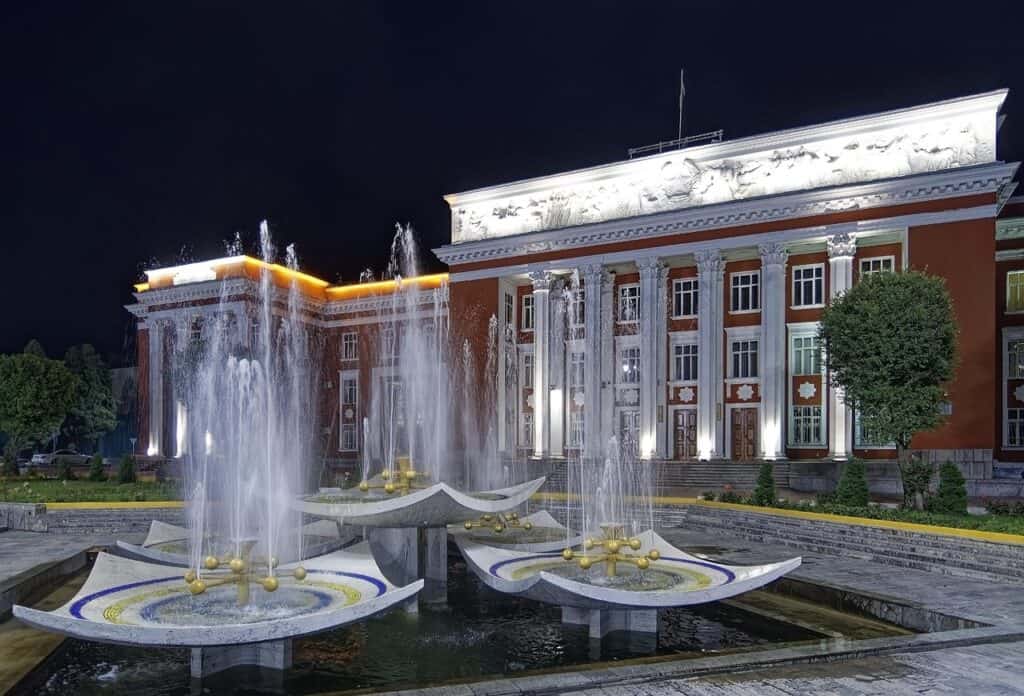
The Pamir Highway threads a roof-of-the-world loop where rivers cut canyons and villages flash orchards against rock. Dushanbe mixes Soviet avenues with tea gardens and museums, then hands travelers east toward Iskanderkul’s glacial blue. Homestays serve naan, apricots, and strong tea before pointing to trails that start at the gate. Altitude sets the tempo, and every turn explains why caravans once slowed here, measuring distance by switchback and shared bread.
Mongolia
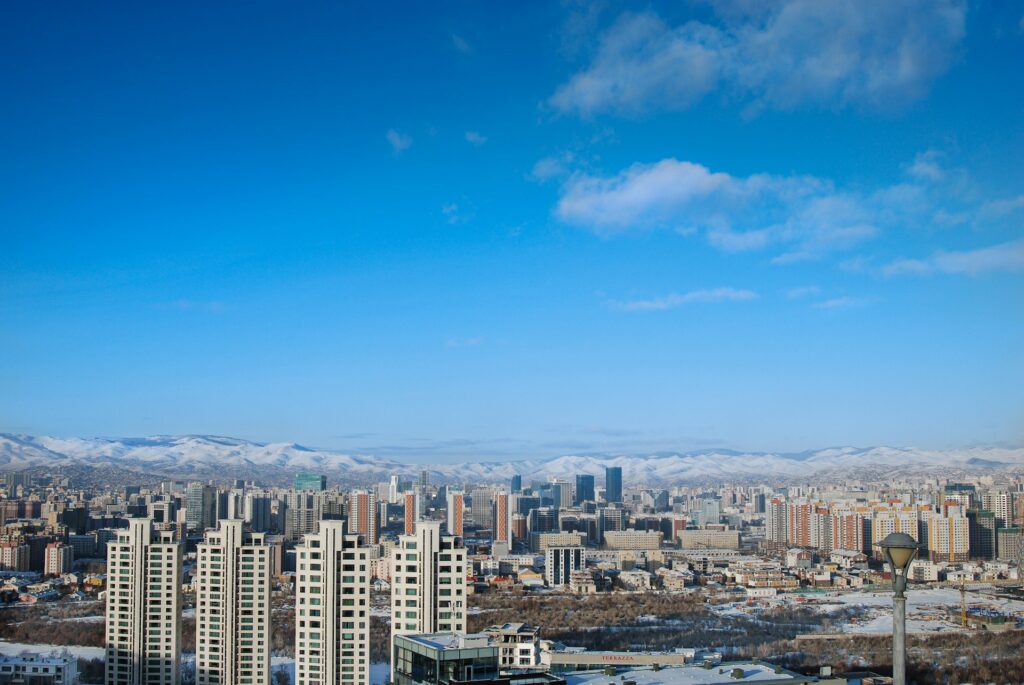
Wide valleys make campfires look small, which is the point. Ulaanbaatar’s museums sketch empire and herding, then Gorkhi-Terelj offers granite outcrops, larch forests, and rivers that define easy days. In Kharkhorin, monastery bells recall the capital of an older world, while dunes in the south reshape every morning. Gers hold warmth, stars explain compass points, and the silence edits thoughts. The gift is space, with horses, tea, and wind doing most of the talking.
Bhutan
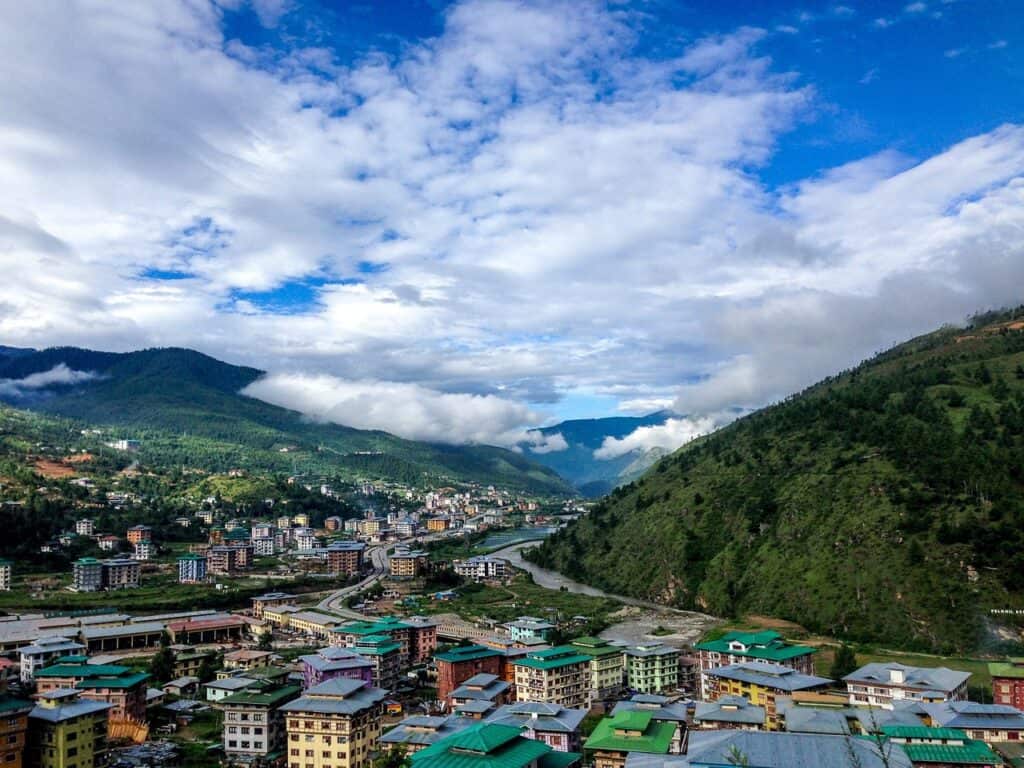
Gorges hold white stupas; hills carry prayer flags that speak when wind rises. Thimphu and Paro balance craft markets with an easy respect for mountains and monasteries. Hikes climb to Taktsang, the tiger-nest cliff that earns every step, while Punakha’s rivers braid below a pale dzong. Guesthouses keep wood stoves glowing and serve red rice, ema datshi, and stories. Tourism limits protect mood and trails, so serenity feels routine rather than staged.
Brunei
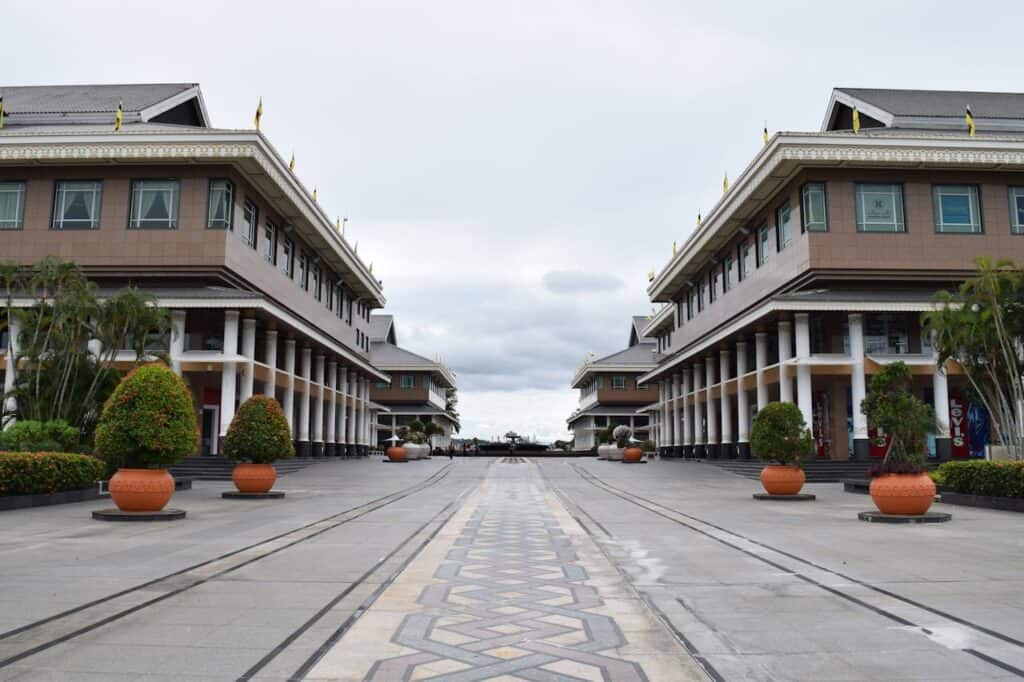
A tiny state with deep jungle, Brunei layers oil-age order over river traditions. Bandar Seri Begawan’s kampong houses stand on stilts with boat traffic for streets, while Ulu Temburong National Park offers canopy walks and hornbill mornings. Mosques gleam at dusk, reflecting in calm water that defines the city’s pace. Food courts deliver satay, noodles, and shaved ice with quiet efficiency. The best moments arrive by river, where shade and birdsong run the schedule.
Suriname

Paramaribo’s wooden streets mix Dutch gables with Caribbean color, and the river keeps the city’s rhythm honest. Upstream, Brownsberg and Raleighvallen trade asphalt for ferries, jungle trails, and swimming holes bright with tannin tea. Maroon and Indigenous communities share craftwork, pepper sauces, and music that fits long evenings. Wildlife arrives at its own hour: monkeys, macaws, and the flash of a morpho butterfly. The country is a braid of languages and calm water.
Guyana
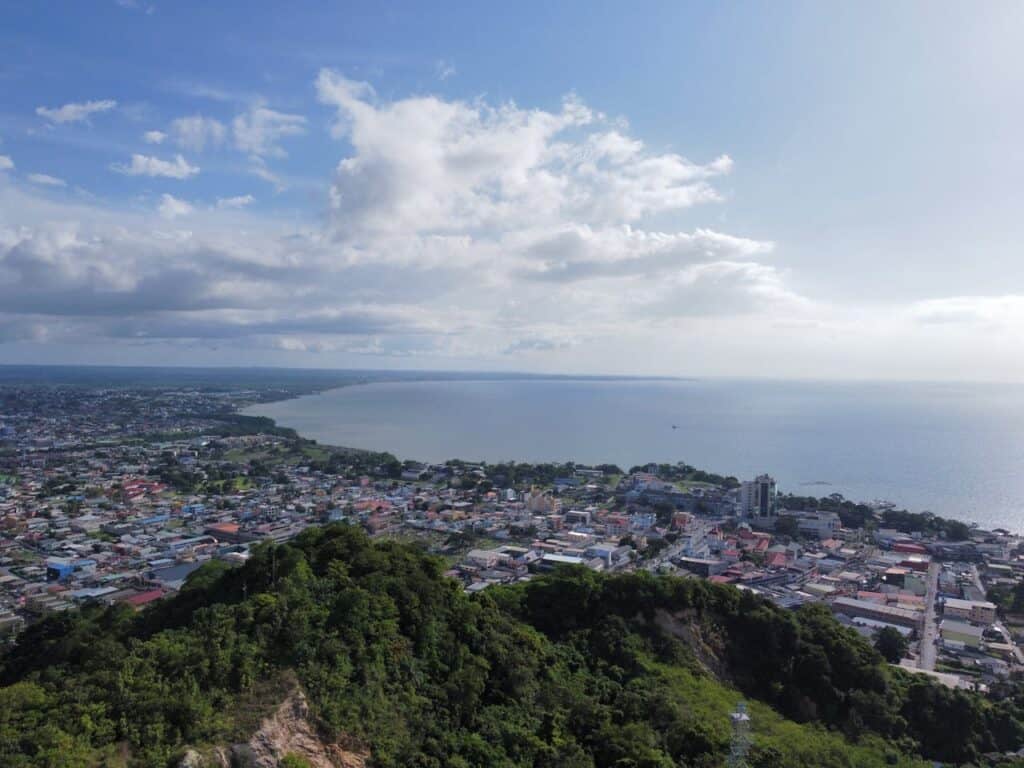
Much of Guyana remains roadless, which explains the quiet. Kaieteur Falls drops in a single massive curtain, reached by small plane and footpath, while Iwokrama’s rainforest offers canopy views and river trips under a green ceiling. In Georgetown, wooden architecture and seawalls frame a market city with hot pepper perfumes. Lodges keep night hikes short and night skies open, turning early mornings into birdwatcher holidays. The feeling is frontier, gentle and watchful.
North Macedonia

Skopje’s jumble of bridges and statues gives way to canyon quiet at Matka, where monasteries perch above green water. Bitola leans elegant with café life and Ottoman lanes, while Ohrid steals the show: a lake clear as glass, hillside churches, and wooden boardwalks that turn errands into strolls. Trouts and peppers set the table; local wine finishes the story. Small distances pack variety, and a long weekend stretches like a week.
Paraguay
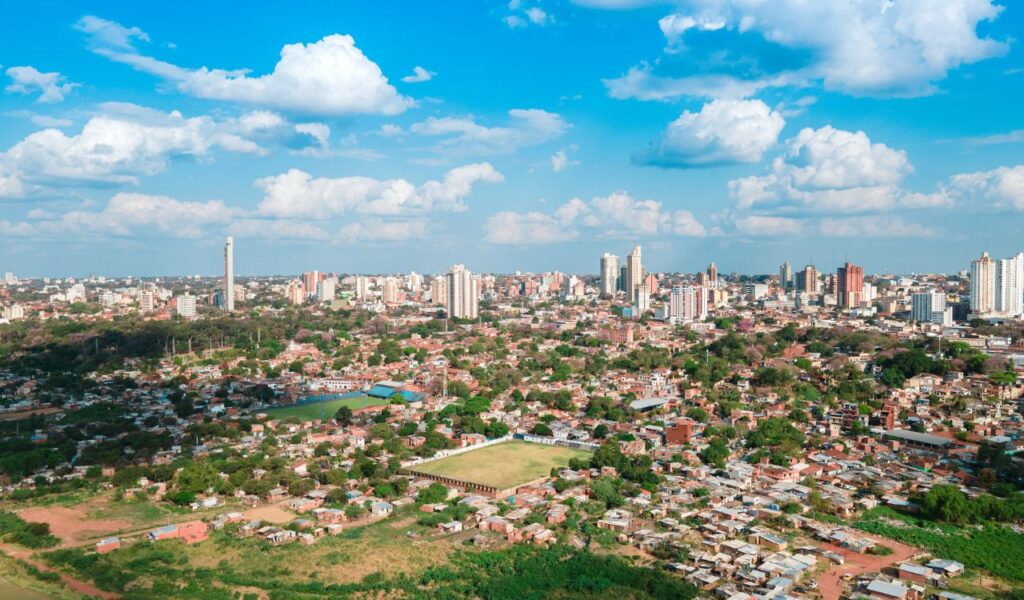
Asunción keeps river breezes and tereré coolers close, while the countryside leads to Jesuit mission ruins at Trinidad and Jesús that glow peach at late light. The Chaco holds wetlands, palm savannas, and a sky that runs out of adjectives. Markets sell chipa and sopa paraguaya, simple and perfect after bus miles. Conversations start shy, then go deep, and small museums explain a history that rarely makes foreign headlines but rewards attention.